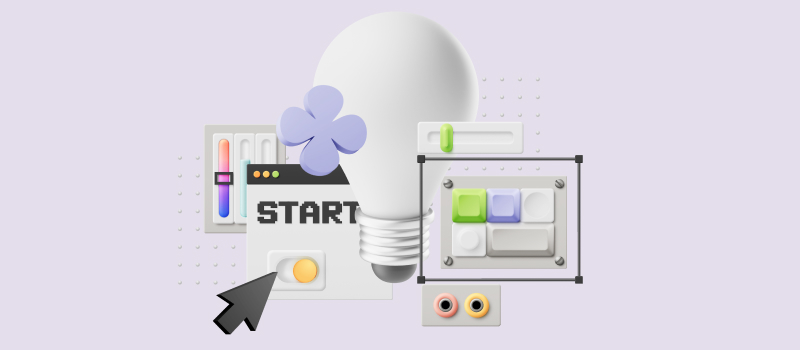Many tend to think that becoming more productive boils down to learning to work harder. Not checking your messengers and social media, vigorously resisting procrastination, and dedicating all of the time to your work assignments. Well, that’s only partly true.
In fact, this approach only works in short term. But when improving productivity, we usually want a long-term effect. And it is not possible without maintaining a healthy work-life balance. So, what is the role of general wellbeing in our work efficiency?
Wellbeing and Productivity
Productivity and personal wellness are closely interrelated. That’s why becoming (and staying) productive is not only about doing more work in less time. It’s about maintaining your wellbeing at the level that allows you to successfully perform your work tasks and deliver them within set deadlines.
Being productive also means having sufficient creative power. Of course, some jobs require less creativity than others, but there’s room for it in almost any task. It helps find new ways to solve existing problems, achieve a better quality of work, and enjoy the work process.
In general, personal wellbeing is a resource that fuels your creative powers at work and in everyday life. Achieving and maintaining it is crucial for staying productive and delivering high quality work.
How to Maintain a Comfortable Work-Life Balance
Finding a healthy work-life balance and sticking to it requires a mindful approach to every part of your life. This means being aware of how much time your activities take, and organizing your day in advance. What do we need to take into account for that?
- Knowing how much work you can do in a certain period of time. Of course, not all work assignments are predictable enough to know in advance when you’ll accomplish them. However, it’s important to analyze your experience to figure out the optimal workload that doesn’t cause stress and tiredness.
- Being able to say no to excessive work. The reasons why people take on more work than they can perform can be different: wanting to earn more, feeling uncomfortable to say no, realizing that nobody else can do that part of work, etc. However, it’s important to remember that quantity tends to undermine quality, and excessive work in the long term inevitably causes fatigue and burnout.
- Planning your daily routine in short and long term. Productivity experts advise that we plan our next day on the night before – or at least think of our upcoming tasks and short-term goals and prepare a to-do list. Keep a list of tasks for all activities you’ve planned for the next day, week, or month, and stick to your plans.
- Including rest and leisure activities in your workday. It’s a proven fact that workaholism is a bad habit and negatively affects relationships, career, and health. That’s why dedicating some time to leisure activities and securing a time slot for it in your schedule is important. This applies to both breaks during the workday, and free time after the workday ends.
Using a Time Tracker App for Staying Productive
A time tracker app provides you with exact data on how you’re using your time. While time trackers are traditionally implemented for keeping record of work time, it’s totally worth using them to get data of your time management habits in general. This helps you optimize your daily routine, improve your time management skills, and adjust the leisure / work time ratio to a healthy balance.
With a time tracker app, you can easily get information on how much work you usually do in a day, week, or month. Use these values to plan your work for these periods, or estimate how long new tasks can take.
Time tracking data also shows you the dynamics of your productivity. By comparing the time spent on similar tasks for different periods, you can find out your productivity progress. This way, you stay informed on your results and are able to influence your performance. It also helps you notice negative trends on early stages and take timely measures if that happens.
What’s more, time-track data is a perfect justification to saying no to additional work. Showing estimated work time and expected timelines for your current work to your boss is a substantiated way to decline excessive work assignments. Self-employed individuals can use previously collected time-track data to define work amounts for the upcoming periods, and clearly communicate with clients their project ETA.
Summary
High productivity can hardly be maintained without a healthy work-life balance in the long term. Figuring out the reasonable proportion of work and rest time is key for staying efficient at work, as this helps prevent such phenomena as stress, fatigue, and burnout.
The easiest way to find out how much work you can do without getting stressed and tired is keeping accurate records of your work time. A time tracker app is a great help here: recording your daily results and analyzing summarized data allows you to plan your work mindfully, influence your productivity, and maintain a comfortable balance between work and non-work activities.















































